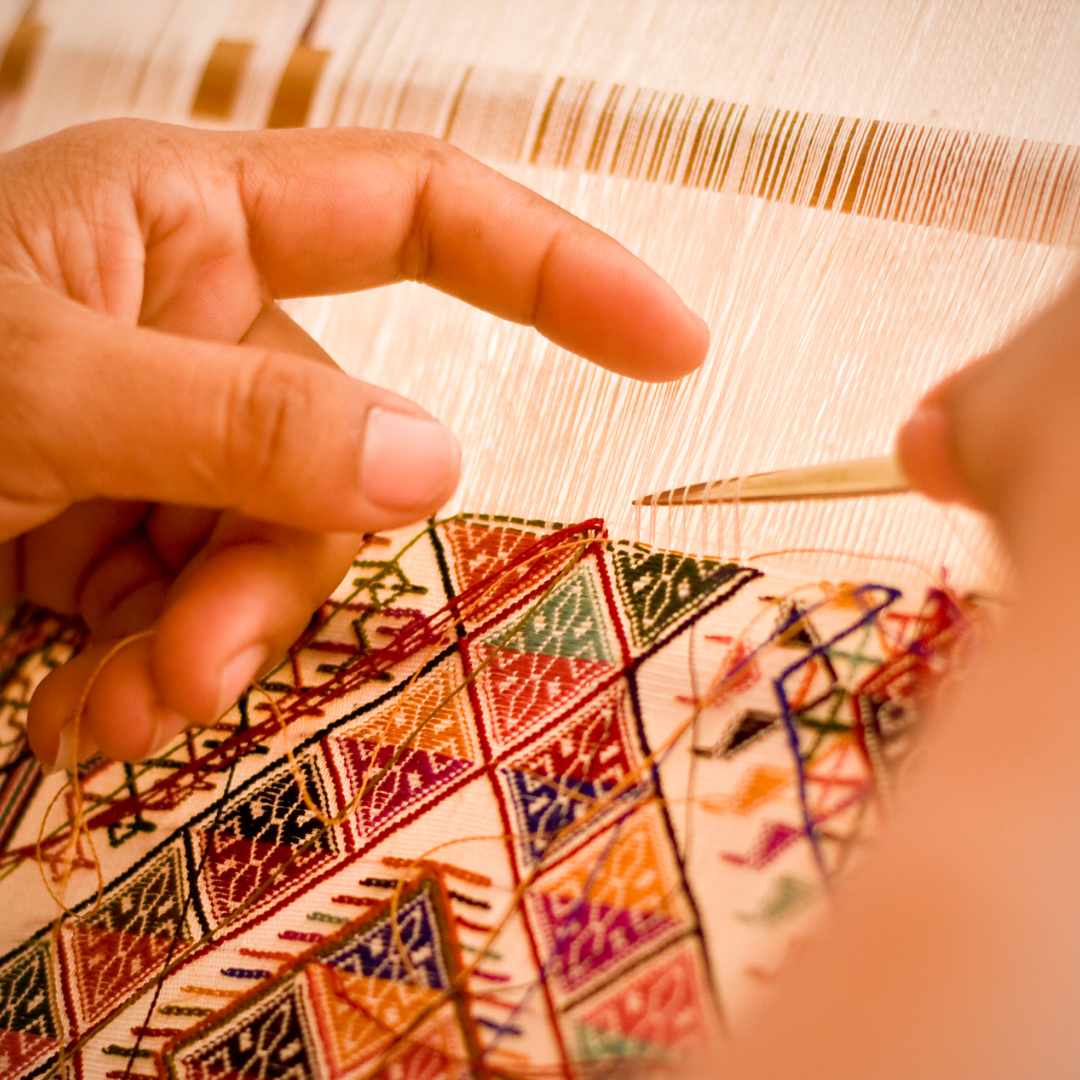These weaving courses are conveniently available online, ranging from beginner to advanced. If you’re just getting started, consider taking one of the beginning courses designed for absolute beginners and professionals. These will give you a basic understanding of this art form, including its essential terms and techniques. Once you’ve mastered the basics, you can move on to more complex methods like tapestry weaving, paper weaving, and surface design.
The art of weaving has a long history and is initially believed to have originated in the Prehistoric Age. Today, weaving is done for many reasons, such as an art form, for commercial purposes, for decoration, and for practical use. It is a creative and meditative process, and various tools are used depending on the type of weaving and craft. These tools range from simple hand looms to more complicated computerized looms.
How can I learn to weave?
It’s possible to learn to weave even if you don’t have any prior experience. You can find videos, classes, and books for beginners with the proper instructions. Weaving is a popular hobby, but many people don’t know how to tie the strings of a loom. It is one of the making skills taught in many schools, so you may be able to learn the fundamentals of weaving from your school’s library. You can also find instructions online or purchase books or videos.
What is a weaving course?
Weaving (or quilting) courses for adults, also called weaving workshops, are a fun way to pass a few hours, get out of the house, and learn something new! Many people who weave love their creations; others use their skills to create beautiful home decor or sell to family and friends. You can find weaving classes for adults in your neighbourhood, local parks, and even craft fairs.
Weaving is probably one of mankind’s earliest forms of artistic expression. The oldest archaeological evidence of cloth found to date was a 4,300-year-old woven-fabric panel from Southwest Asia. A weaving course is a class designed for a beginning or intermediate-level student to learn the art of weaving. It begins with a foundation course that teaches the student the basics of weaving, which becomes the foundation of all weaving classes. Each student progresses at their own pace, depending on their needs and learning style.
Is weaving hard to learn?
Loom weaving was a popular craft activity when I was a child, but my interest quickly fizzled. Maybe that was because my mother would set me up in the corner of the living room with a loom and a box of yarn. I understood that I was supposed to poke the yarn through the holes in the weaving hook, but I could never figure out how to get the yarn to stay there. Weaving would be much easier if the yarn just unravelled when I poked it through the holes in the weaving hook rather than wrapping around it and coming back.
Weaving makes me wonder if it’s really that hard or just something I don’t do well. At first, weaving seemed like my mind refusing to accept that this weaving bundle actually makes fabric. But after a quick lesson, I felt surer of myself and spent all of my time weaving in peace. It took longer than I expected, though.
How do Beginners start weaving?
Weaving is one of the oldest textile techniques known to mankind, and it is the foundation of our industry. The history of weaving is a mixture of fact and folklore. The craft that is associated with weaving has been practised around the world for thousands of years. Egyptian papyrus, for example, dates as far back as 2500 BC and is thought to be the first-time weaving was practised on an industrial scale.
Weaving has been around for thousands of years, and today, it is THE best way for beginners to start crafting. There are countless resources, tools, and craft supplies available to help you learn this craft. We’ve compiled some of our favourites in this beginner’s guide to weaving. You can learn to weave with the most basic of materials and with the most basic of tools—but the result will be something beautiful.
What is the best loom for beginners?
The best loom for beginners is the Baby Knitters Loom Kit. The loom comes with two cords and 30 plastic sticks, which should be enough to get you started. Many looms come with so many sticks that learning how to weave will take you hours. This kit also comes with sewing pegs, which can come in handy if you want to learn to sew, knit, or crochet.
Learning online weaving is not bad, especially if you are already a knitter. Perhaps, the yarn industry will give weaving classes a more respectable image.



